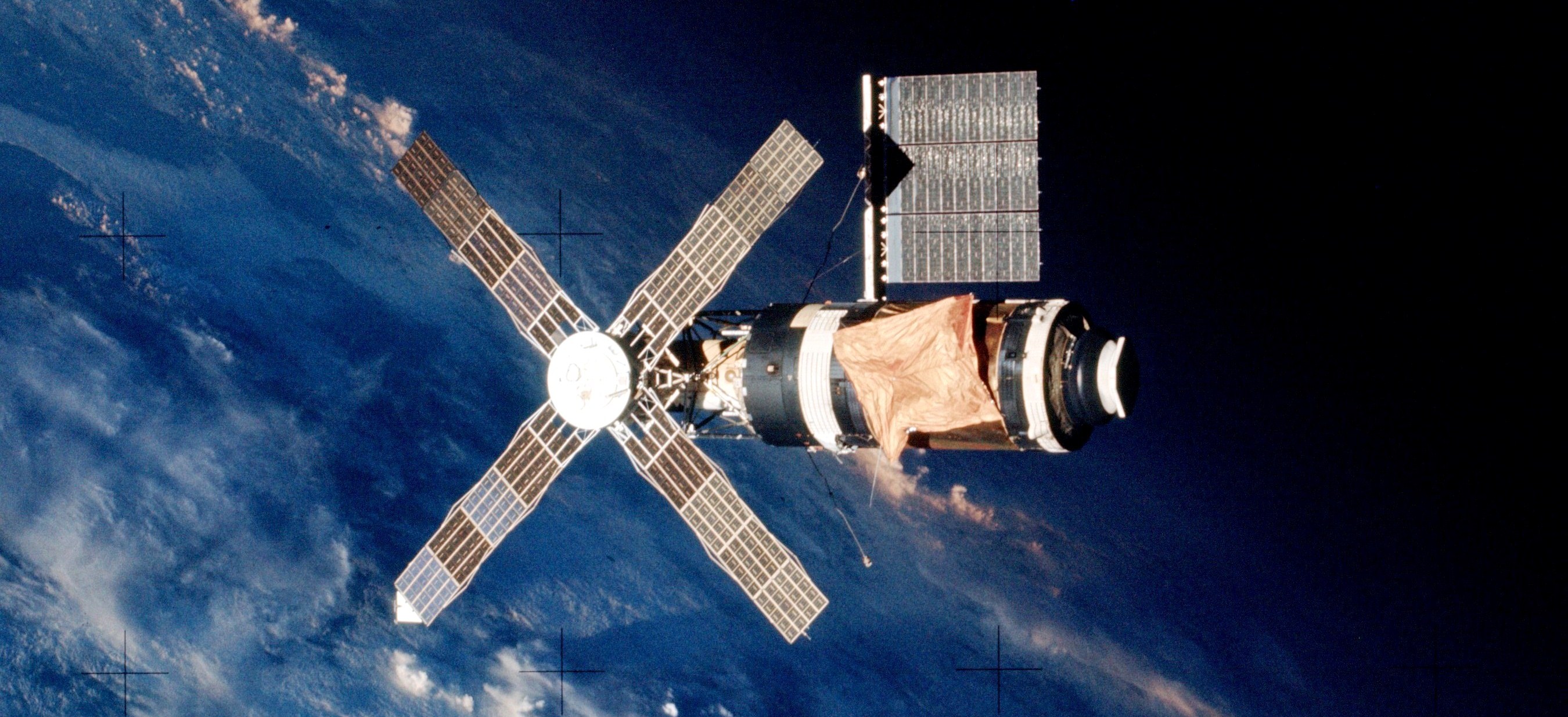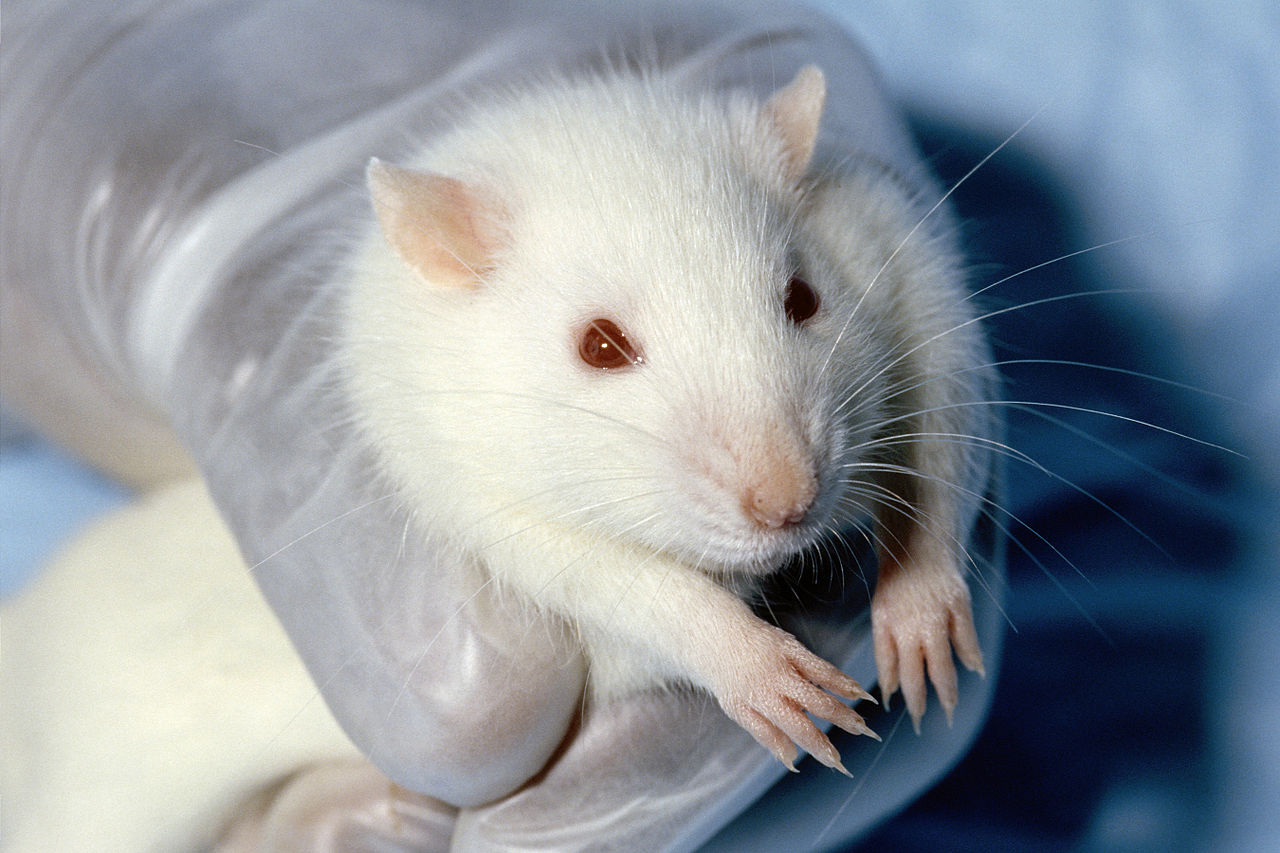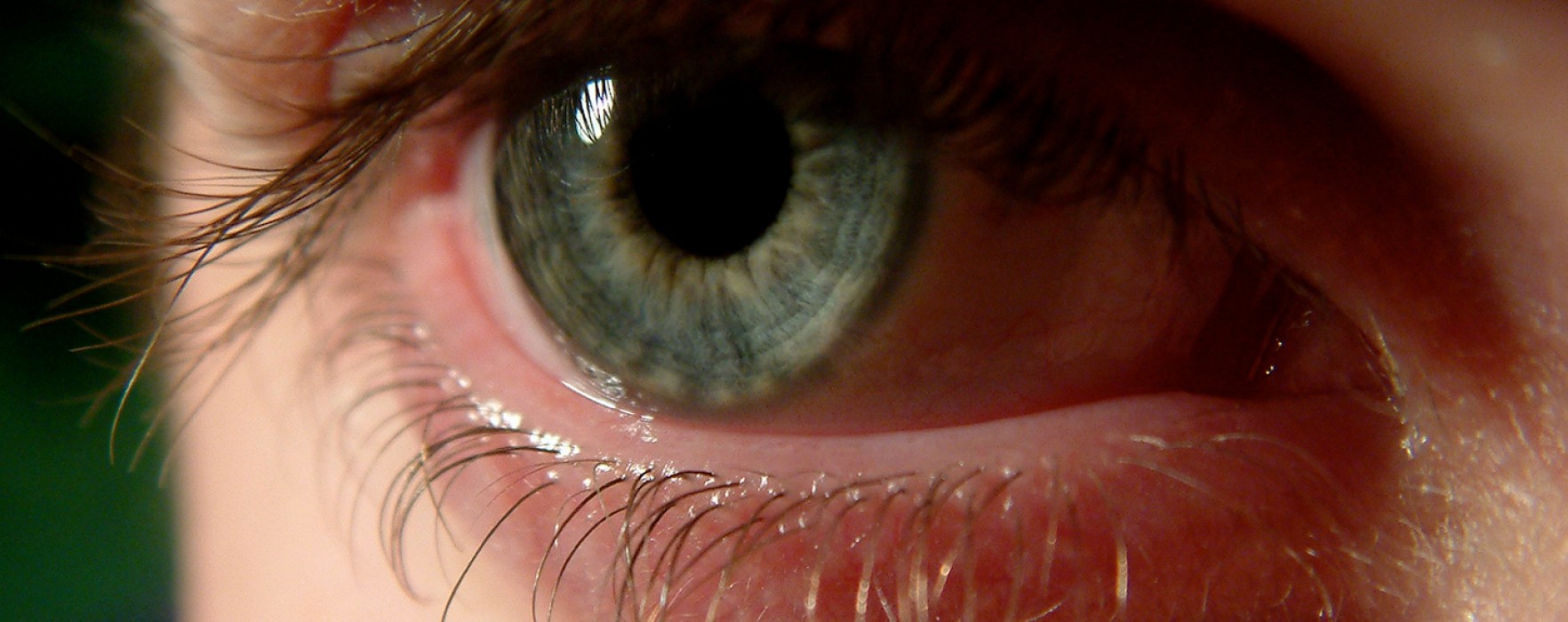China’s first space station is falling out of orbit slowly and painfully, here to grace the planet Earth in late 2017
The Tiangong program is aiming to bring China into the forefront of the space race. With Tiangong-1 being its first space laboratory, it was launched on 29th September 2011 with a two-year life span. During this period the space station achieved three successful dockings from the Shenzhou 8, 9 and 10 spacecrafts on November 2011, and June 2012 and 13 respectively. The latter two of these spacecrafts were manned, which included China’s first two female astronauts Liu Yang and Wang Yaping respectively.
With the first of its series being so successful China is well on its way to achieving its goal of dominating space venture. Tiangong-2 (the sequel) recently followed in its little parent’s footsteps by launching into orbit less than 3 weeks ago.
Now two years after its intended lifespan Tiangong-1 has been decommissioned. A couple of months after that amateur satellite trackers speculated that all control had been lost from the space laboratory, which led to this rather embarrassing announcement: that Tiangong-1 will be reaching our shores in late 2017. The eight and a half tonne monstrosity will most likely burn up on re-entering the atmosphere, however some of the heat proof parts of the spacecraft are likely to survive. With space ventures being the risky, disaster-prone business that they are, this has happened before, when NASA’s SkyLab, a space station ten times the size of little Tiangong, fell out of orbit and hit Australia back in the 70s.
Now some of you more paranoid readers might be feeling quite worried by the thought of debris of a former Chinese space station burning into our atmosphere. ‘What if this hits a populated area?’ may be the thought running through many minds upon hearing this news – but not to worry. The chances of that are trillions to one. Though, for interest’s sake, what happens if it’s not your lucky day and the satellite were to hit your bike and obliterate it? Could you ever get your beloved two wheeled friend back? Well actually yes you can, and China would have to pay for it.
Under the Convention on International Liability for Damage Caused by Space Object any state can sue another state for damages caused by space debris. In fact, this is exactly what happened in 1978 when Australia sued NASA $400 for littering after SkyLab crashed on the continent. However, NASA actually never paid back the loan, and, to add further complication, if you are going to sue China you would have to get United Kingdom to take up your case. So, effectively, your bike is as good as gone.
When eulogising Tiangong-1, it is safe to say that it had a good life. It achieved China’s dream, and managed to live far longer than expected. It will be sad to see it burn and collide with earth at hundreds of miles per hour. But when they have achieved so much, and when their successor is up in the sky paving the way for the future, for not just China’s space program but the world’s. It is time for all of us to come together, lay down a metaphorical memorial wreath, and echo the words ‘you did good kiddo’.
Image: NASA




